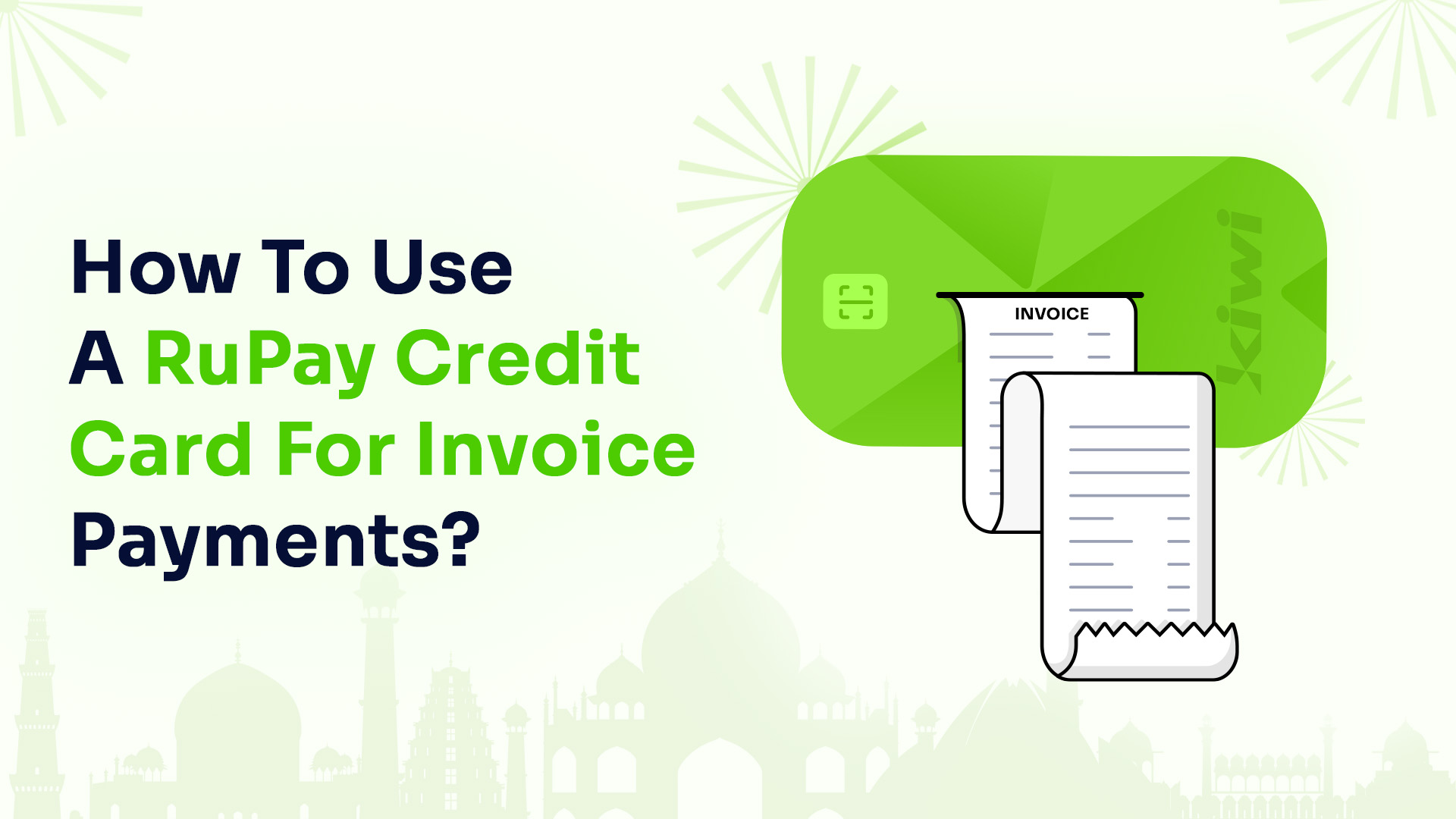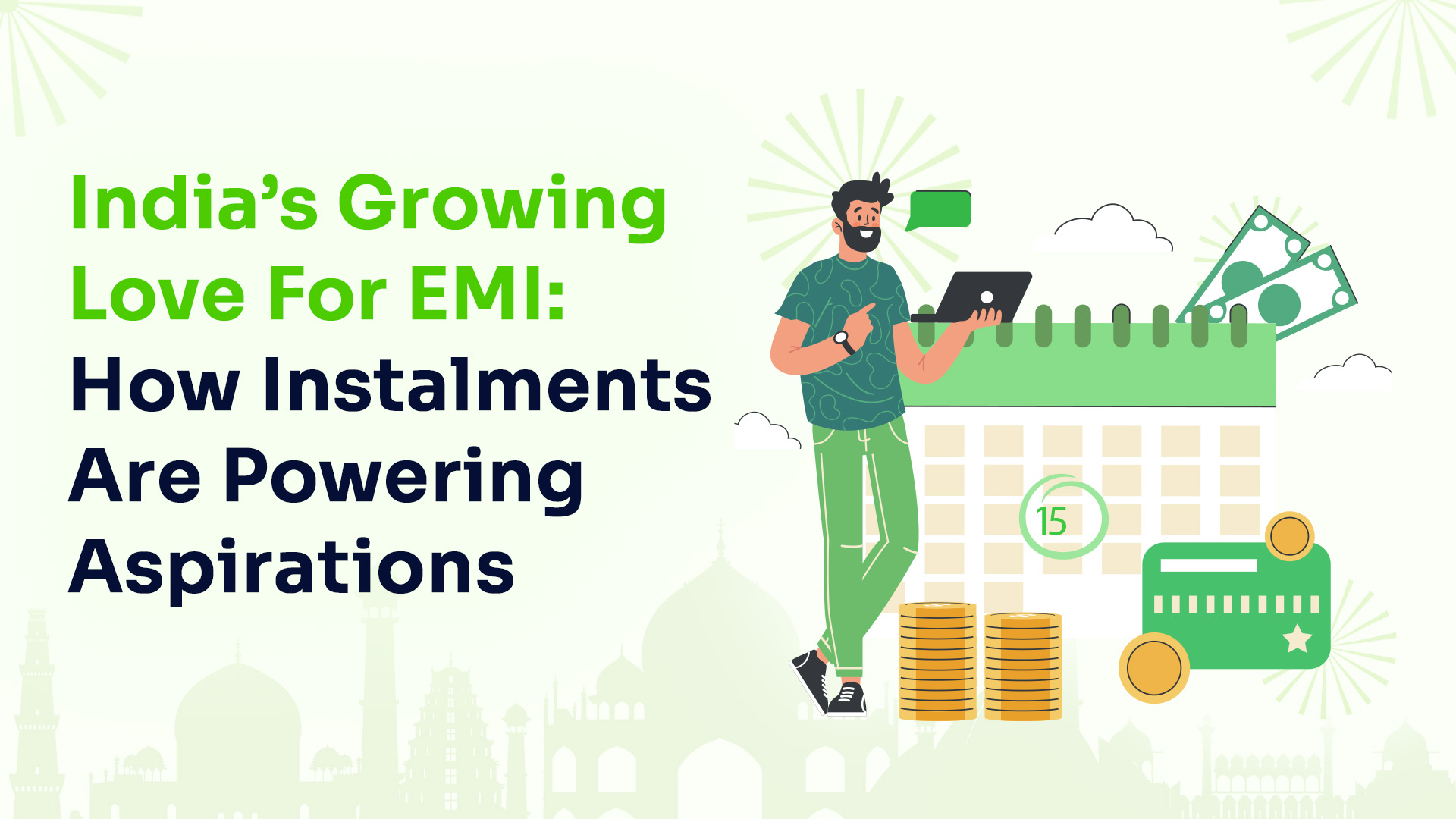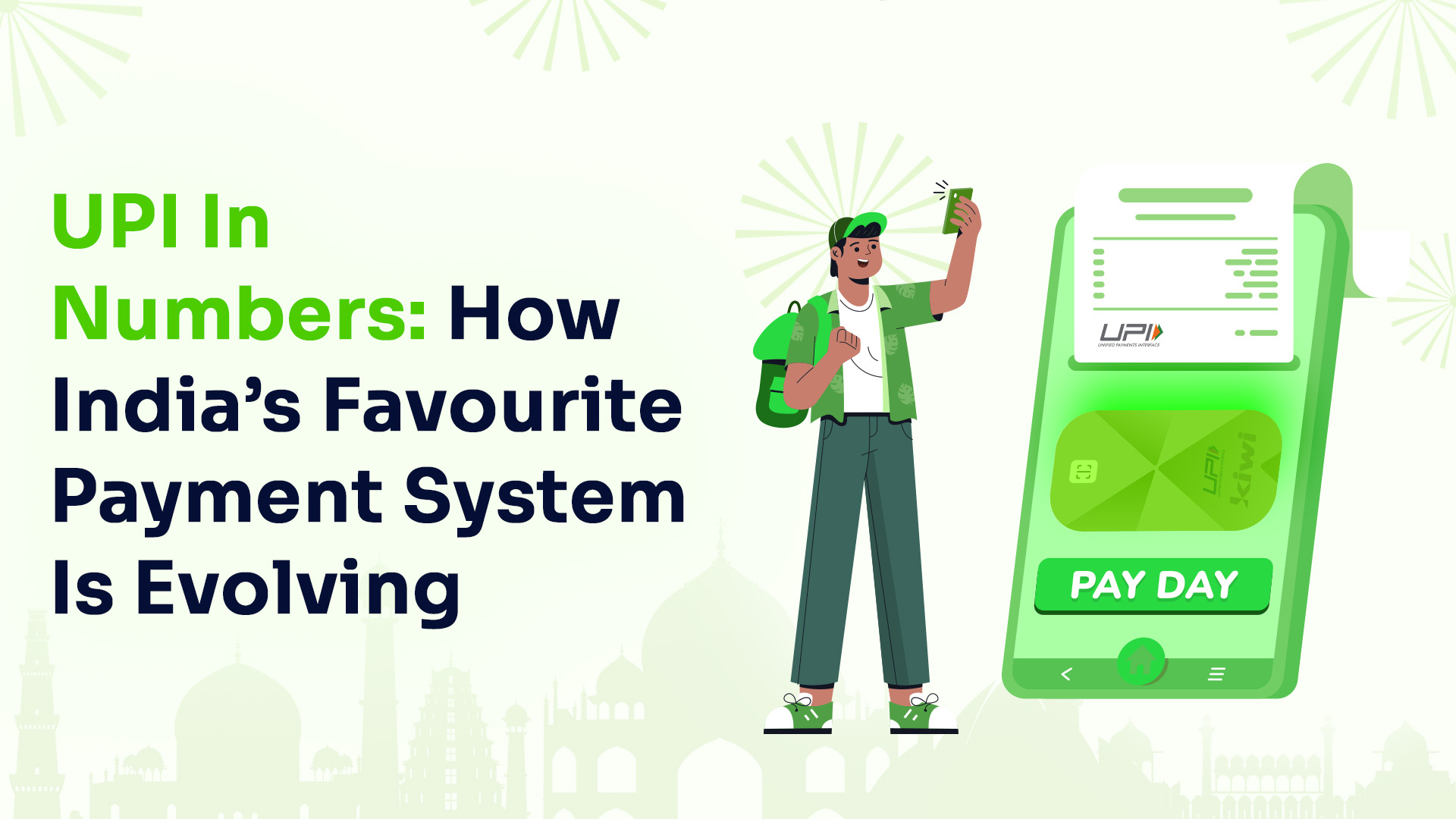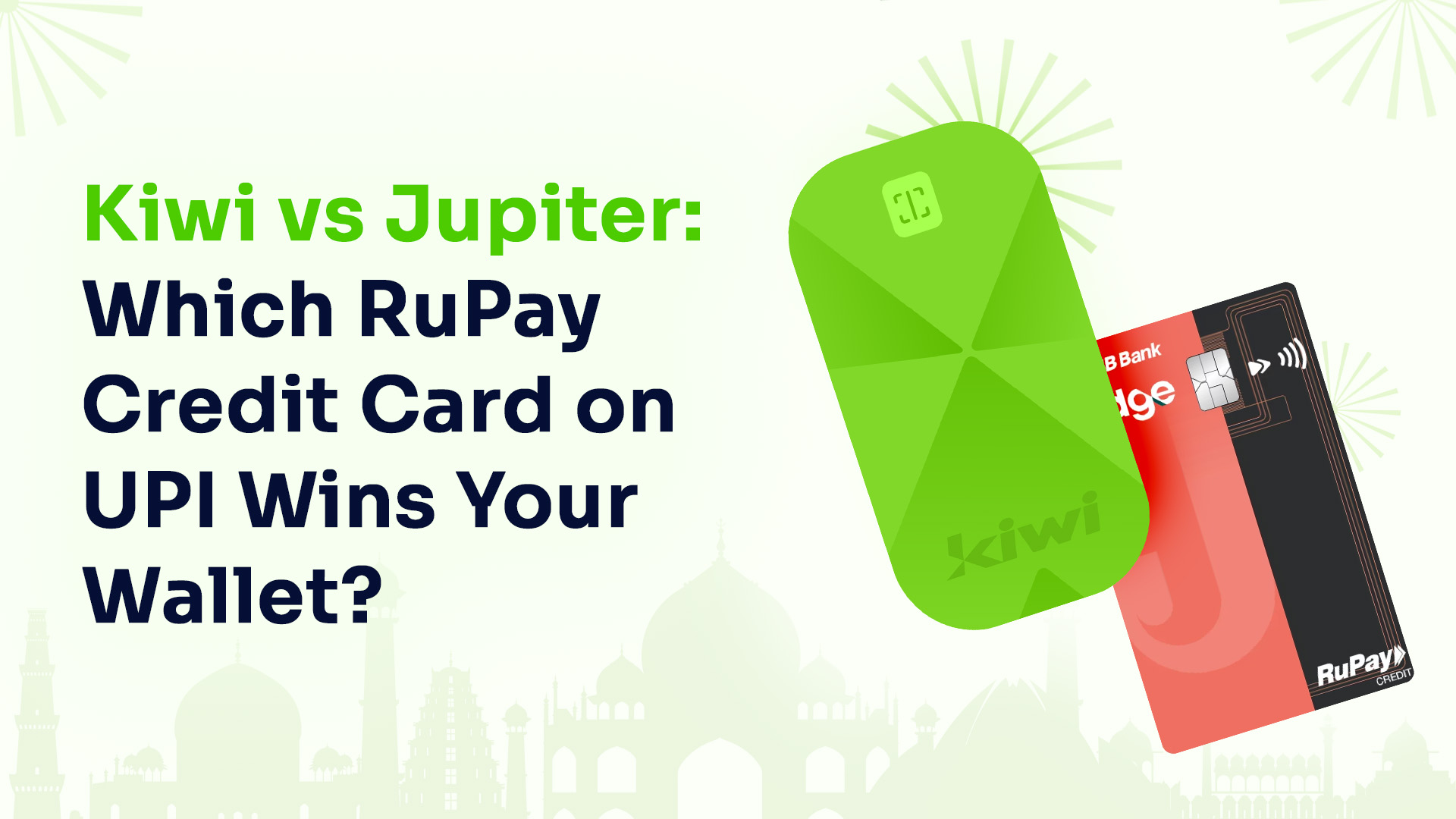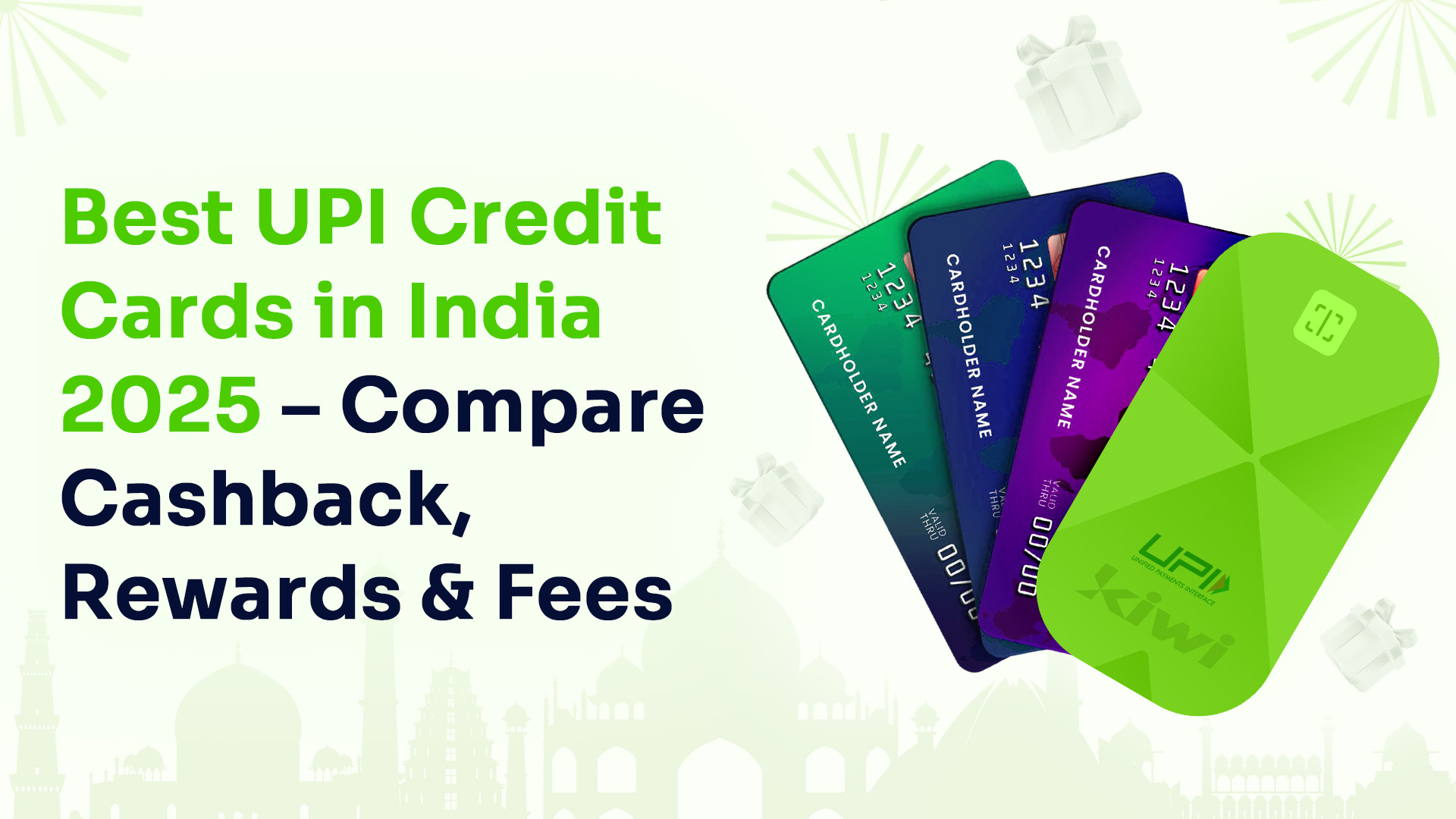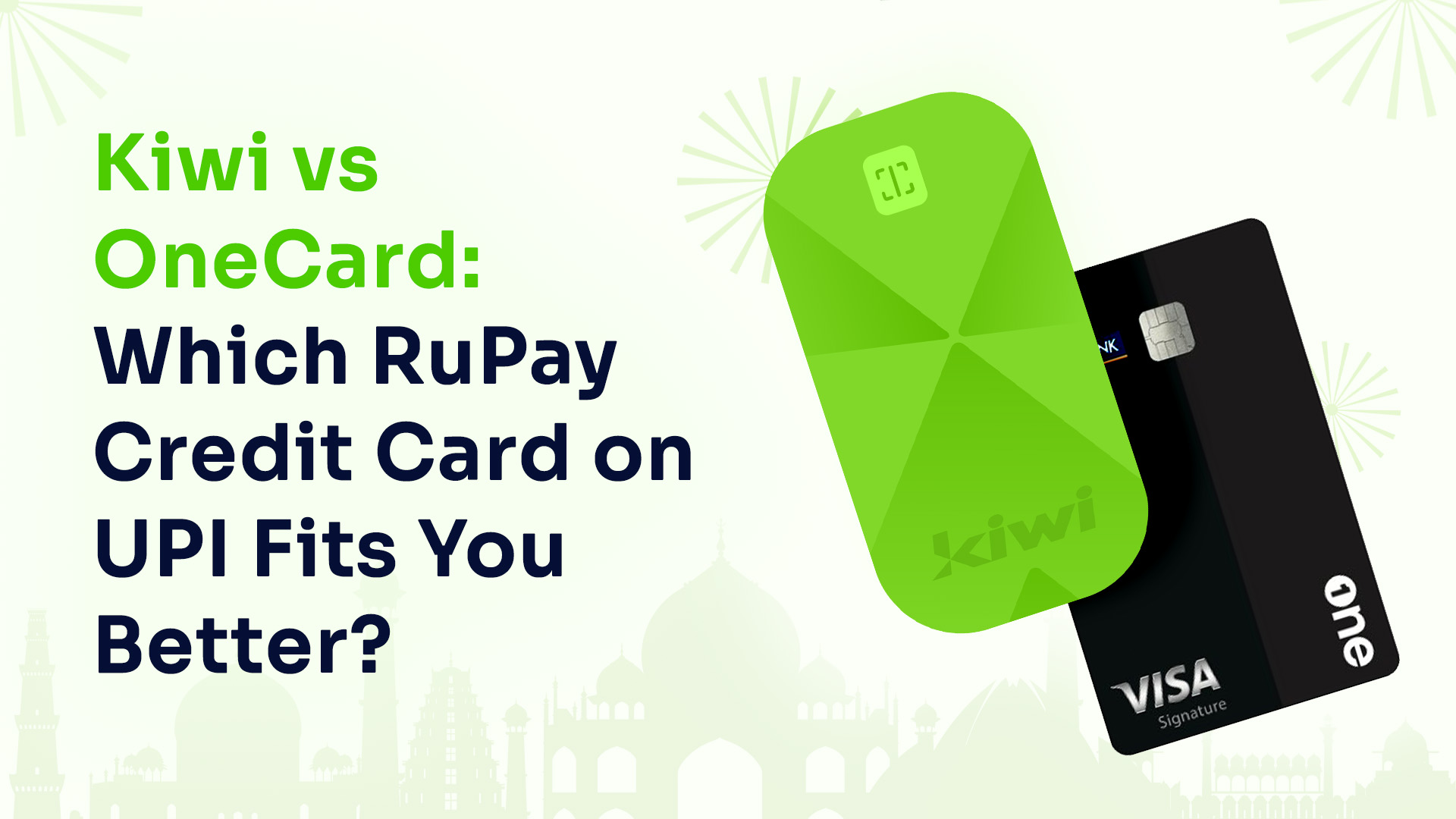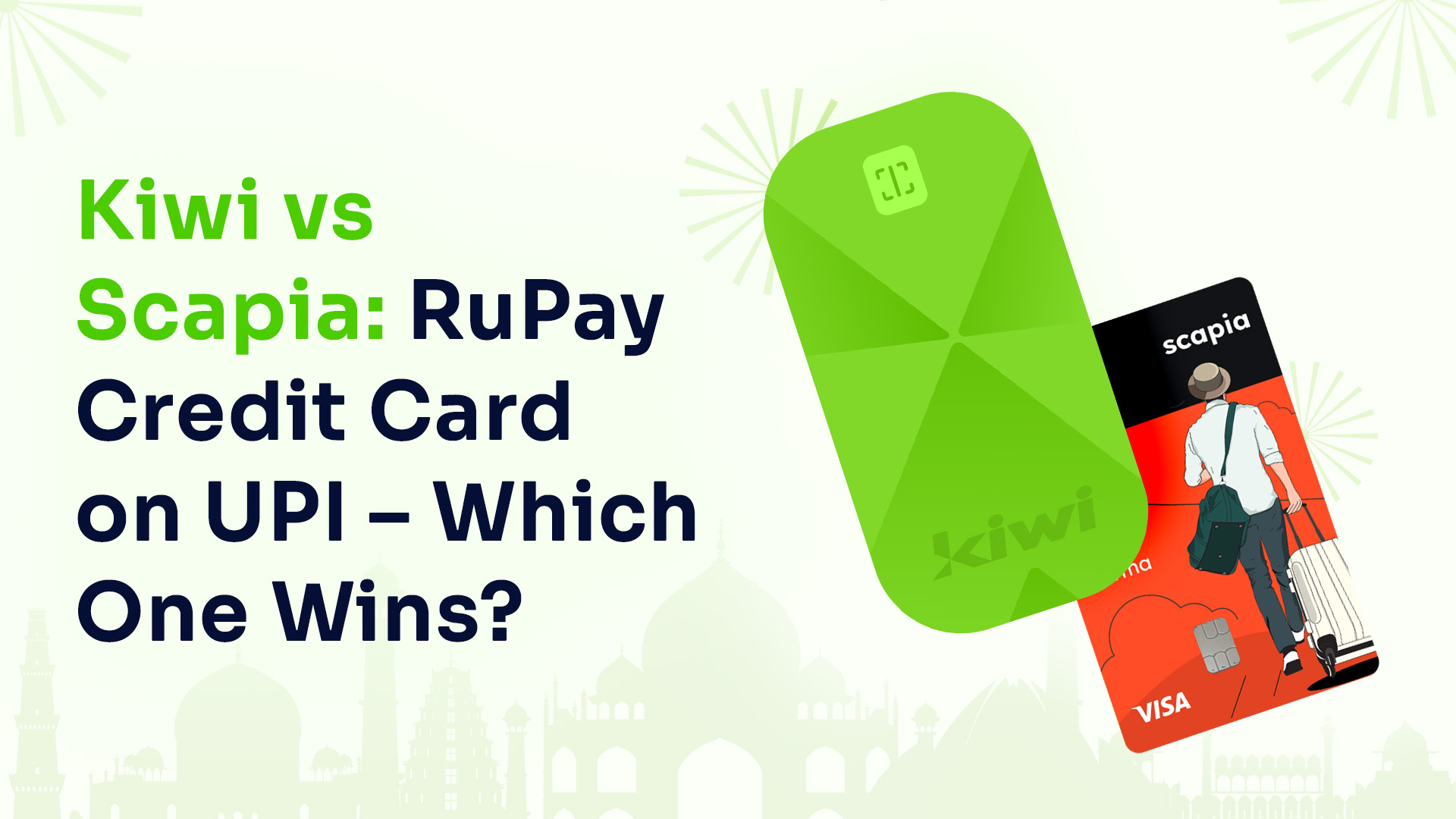
In the ever-evolving world of digital payments in India, UPI has become a game-changer, and linking it with credit cards takes convenience to the next level. Today, we’re diving into a fun, side-by-side comparison between the Credit Card via Kiwi (a seamless UPI-linked credit option) and the SBI UPI Credit Card (specifically the SimplySAVE variant). Think of this as a friendly battle between a nimble digital upstart and a reliable banking giant. We’ll explore their features creatively, highlighting strengths without any hype or misinformation—just pure, insightful comparison based on what they offer. If you’re pondering which one to pick for your wallet, let’s break it down.
What Makes Credit Card via Kiwi Stand Out?
Imagine a credit card that’s as easy to use as scanning a QR code at your local chai stall—no fuss, no physical plastic. The Credit Card via Kiwi integrates directly with UPI, turning your phone into a powerhouse for spending. Here’s what it brings to the table:
- Kiwi – India’s Best UPI Credit Card
- 1.5% flat cashback on everyday/daily UPI payments.
- Cashback goes directly into the bank account
- You also get 3 complimentary lounge accesses with premium membership of the card.
- Lifetime free card – no joining fees, no annual fees.
- It can be upgraded to a paid membership to get 5% cashback on UPI payments. Membership costs 999/- + GST. If you spend 1.5L annually (which anyone usually does), you save 7,500 directly in your bank account.
Example
Here is how Kiwi gives 5% cashback. You spend 50,000 on UPI payments, you get 3% cashback, which is 1500 directly in your bank account at 1,00,00,0, you get 4% and similarly, when you spend 1.5 lakhs, you save 5% thus getting 7,500 back in your bank account.
It’s like having a digital sidekick that rewards your everyday spending while keeping things ultra-simple. (Note: Approval depends on your credit profile. To become eligible, you should own at least one credit card.)
The Power of SBI UPI Credit Card (SimplySAVE Edition)
On the other side, we have the SBI UPI Credit Card, backed by the State Bank of India, which blends traditional credit card perks with UPI flair. It’s like a sturdy Swiss Army knife for your finances, offering reliability from a major bank. Key highlights include:
- Reward Points System: Rack up 1 reward point for every Rs. 150 spent. Redeem them to offset your card balance or snag gifts from a wide catalogue—think gadgets, vouchers, or lifestyle goodies.
- Contactless Ease: Wave your card for fast, secure transactions at enabled merchants. It’s quick for small purchases, with built-in security to prevent fraud, and no need to hand over your card.
- Global Reach: Accepted at over 24 million outlets worldwide, including 325,000 in India, wherever Visa or MasterCard is welcome. Ideal for travelers or online shoppers.
- Family-Friendly Add-Ons: Share the benefits with add-on cards for family members over 18, like your spouse or kids.
- Cash and Bill Perks: Withdraw cash from millions of ATMs globally, and pay utility bills (electricity, phone, etc.) effortlessly through their Easy Bill Pay.
- Smart Repayment Options: Features like Balance Transfer on EMI let you shift dues from other cards at lower interest, while Flexipay converts big purchases (Rs. 2,500+) into easy installments.
This card feels like a trusted companion for broader financial needs, with extras like cash access and EMI options that add layers of flexibility. (To round it out, I’ve included a mention of joining fees, as it’s often overlooked—SBI typically has nominal or waived fees for such cards, but always check current terms for accuracy.)
Head-to-Head: Kiwi vs SBI UPI – The Creative Clash
Now, let’s pit them against each other in a playful comparison. We’ll categorize key aspects to see how they stack up, like two superheroes duking it out for your approval.
Rewards and Cashback
- Kiwi: Focuses on straightforward reward points or cashback, tied seamlessly to UPI spends. It’s like earning bonuses for your daily coffee run.
- SBI UPI: Offers 1 point per Rs. 150, with versatile redemption options. Picture it as collecting points for a treasure chest of gifts—more structured but potentially rewarding for higher spenders.
Kiwi wins for simplicity if you’re all about quick UPI perks; SBI edges out for those who love redeeming for specific items.
Convenience and Usage
- Kiwi: Pure UPI bliss—no swiping, no details entry. It’s designed for digital natives who live on their phones.
- SBI UPI: Combines contactless waving with UPI, plus worldwide acceptance and ATM cash withdrawal. Think of it as a hybrid: digital for locals, global for adventurers.
If your life is UPI-centric, Kiwi is your speedy ally. SBI shines for versatility, especially with add-ons and bill payments.
Interest-Free Period and Credit Management
Both offer up to 50 days interest-free, but SBI adds EMI tools like Flexipay and balance transfers—great for managing larger debts creatively, like turning a big splurge into bite-sized payments. Kiwi keeps it simple with profile-based limits and monthly bills, emphasizing the credit-over-debit advantage.
Security and Extras
- Kiwi: Relies on UPI’s inherent security, with no physical card risks.
- SBI UPI: Boasts contactless security features to prevent skimming, plus family sharing and utility integrations.
SBI feels more feature-packed for families or bill payers, while Kiwi is lean and mean for solo digital users.
Which One Should You Choose?
It boils down to your lifestyle. If you’re a tech-savvy shopper who wants hassle-free UPI rewards without the bells and whistles, Kiwi is like that effortless app you can’t live without—perfect for quick transactions and building credit on the go. On the flip side, if you crave a full-suite card with global reach, family options, and repayment flexibility, SBI UPI is your reliable partner, like a bank account with superpowers.
Ultimately, consider your spending habits: Kiwi for digital purity, SBI for comprehensive banking integration. Whichever you pick, both elevate UPI beyond debit cards by adding rewards and credit perks.
